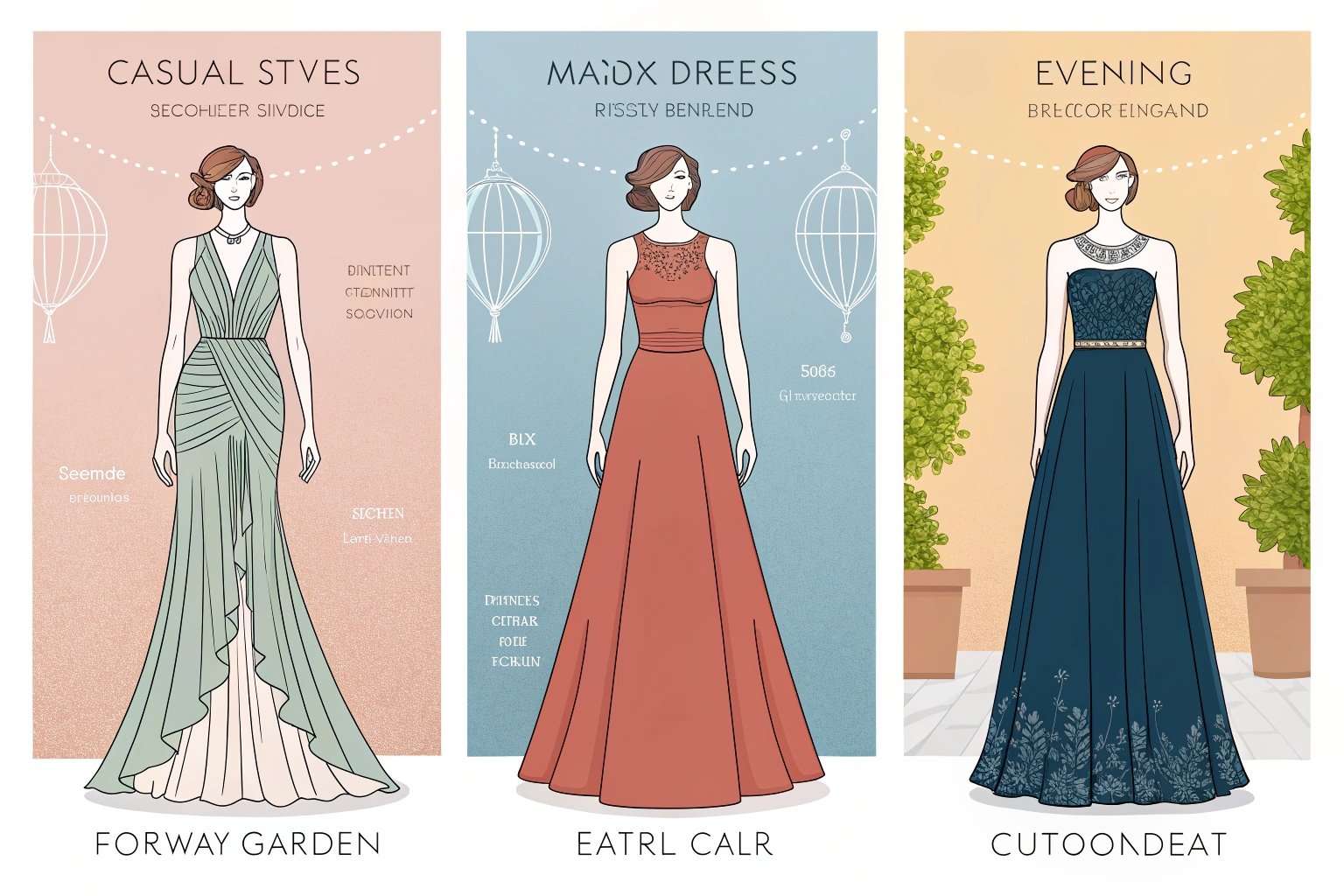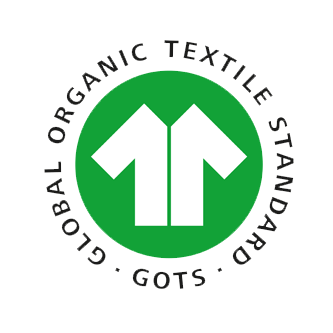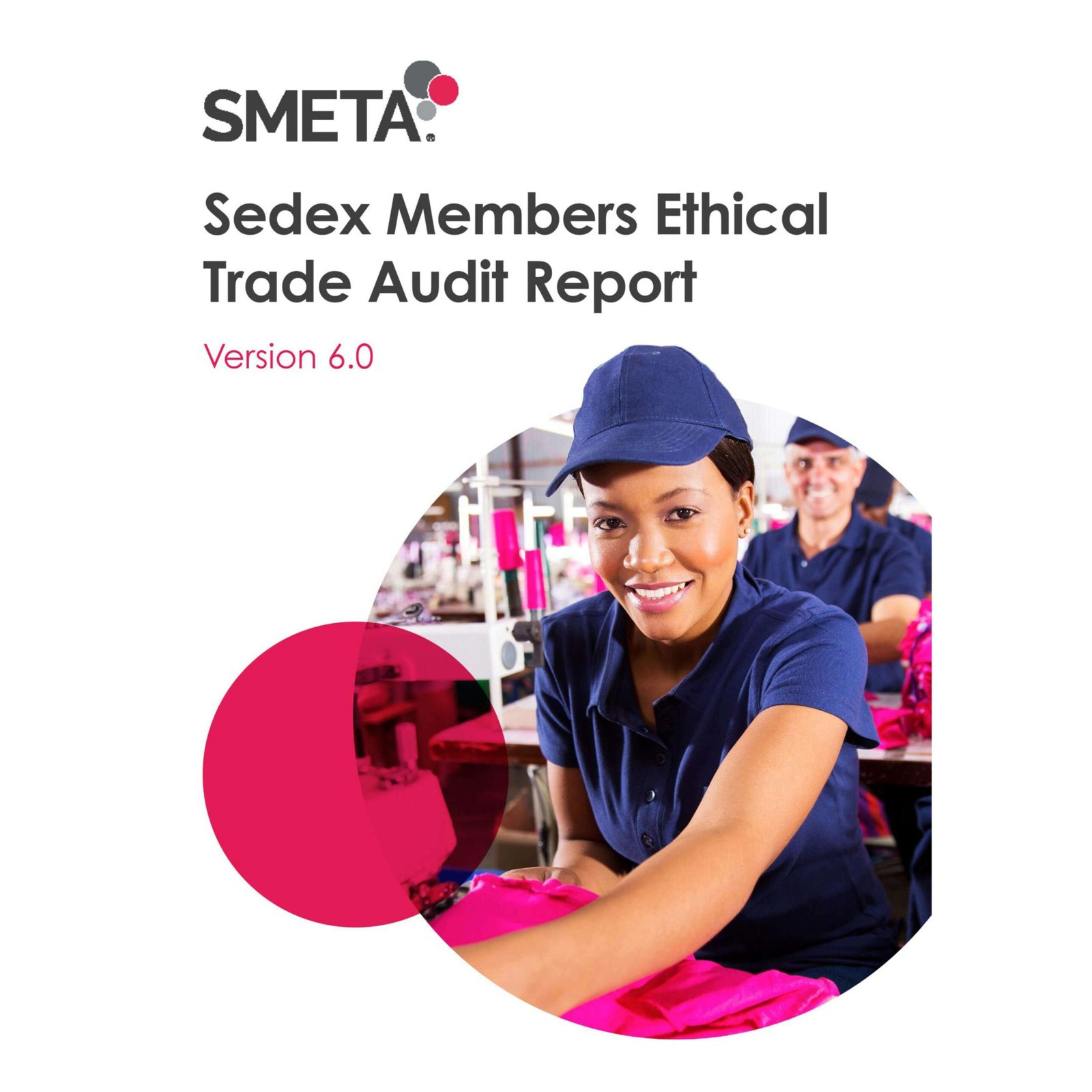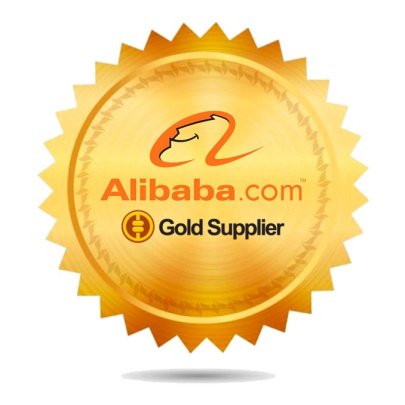Negotiating a lower Minimum Order Quantity (MOQ) with clothing manufacturers can be a key strategy for small businesses or startups. A lower MOQ allows you to test products, manage cash flow better, and reduce inventory risk. However, not all manufacturers are open to negotiating their MOQ. In this guide, we’ll explore how to successfully negotiate a lower MOQ, the benefits, and the key factors that can help you secure better terms.
Negotiating a lower MOQ with clothing manufacturers can significantly benefit small businesses by reducing financial risks and improving inventory management1. Learn the best approaches to lowering MOQ and the factors that influence the negotiation process.
Transition paragraph: Whether you’re just starting or looking to manage your costs better, negotiating a lower MOQ could be the key to a successful partnership with a manufacturer. Let’s dive into how to achieve this.
What Is MOQ and Why Is It Important for Clothing Manufacturers?
MOQ refers to the minimum number of units that a clothing manufacturer requires you to order at one time. It’s an important concept in clothing manufacturing because it determines the production scale and affects the overall cost structure. Manufacturers set this quantity to ensure they can cover their production and operational costs.
MOQ is essential because it helps manufacturers maintain cost efficiency and reduce waste. Understanding how MOQ works is critical for negotiating2 better terms and managing your inventory effectively
 Business Meeting for Clothing Designs
Business Meeting for Clothing Designs
How Does MOQ Affect Your Order and Inventory Management?
MOQ impacts your ability to manage inventory and cash flow. High MOQs can result in you over-ordering and having excess stock, tying up your capital and increasing storage costs. On the other hand, low MOQ gives you more flexibility to manage small, more frequent orders, but may increase the price per unit.
For small businesses, this can be a double-edged sword: larger orders may be cheaper per unit, but they put pressure on your finances and risk overstocking. Low MOQ, though more expensive per unit, helps reduce financial pressure and better aligns with sales forecasts.
| Impact | High MOQ | Low MOQ |
|---|---|---|
| Inventory Risk | High risk of excess stock | Low risk, more control over inventory |
| Unit Price | Lower cost per unit | Higher cost per unit |
| Cash Flow | Larger upfront investment | Smaller investments, better cash flow control |
Why Do Clothing Manufacturers Set Minimum Order Quantities?
Manufacturers set MOQs to ensure that the cost of production is covered. Large production runs reduce the cost per unit, making it more profitable for manufacturers. MOQs also help them streamline their operations, as smaller batches can lead to higher production costs, inefficiency, and wastage.
In some cases, MOQs reflect the type of product or materials used. For example, custom-designed garments or those made with rare fabrics may have higher MOQs due to specialized labor or material costs.
Why Negotiate a Lower MOQ with Clothing Manufacturers?
Negotiating a lower MOQ can offer several advantages, especially for new businesses or small-scale producers. By securing more flexible MOQ terms, you can start small, test products, and scale gradually without committing to high production costs upfront.
Lower MOQ gives small businesses the ability to test the market, manage cash flow, and avoid excess inventory. Negotiating this term is crucial to managing risks and controlling production costs3.

How Can Lower MOQ Benefit Small Businesses and Startups?
For small businesses and startups, low MOQ allows for more manageable production runs, reducing financial strain. It also allows for experimentation with different styles or designs, giving businesses flexibility to pivot based on customer demand. Moreover, with low MOQ, businesses can assess market demand4 before committing to larger orders.
This flexibility is vital for creating an agile business model that can adapt to changing trends without the burden of overproduction.
| Benefit | Explanation |
|---|---|
| Reduced Financial Risk | Small orders help minimize upfront investment and risk. |
| Inventory Control | More manageable stock levels allow businesses to avoid overstocking. |
| Flexibility | Test different products and market segments before scaling. |
What Are the Risks of Committing to High MOQs for Small Orders?
Committing to high MOQs can result in overproduction, tying up capital, and increasing storage costs. For small businesses, the financial burden of high MOQ orders can lead to cash flow issues and excessive unsold stock. High MOQs can also limit your ability to test various product designs or market segments.
In cases where demand is lower than expected, businesses might end up with surplus stock, making it harder to sell at profitable prices.
How Do You Successfully Negotiate a Lower MOQ?
Successfully negotiating2 a lower MOQ requires a mix of strategy, relationship-building, and clear communication. Manufacturers may be willing to accommodate smaller orders if they see value in your potential as a customer.
To successfully negotiate a lower MOQ, focus on building a strong relationship with the manufacturer, understand their production needs, and present your business as a reliable partner.
How Do You Build a Strong Relationship with Your Manufacturer?
Building a strong relationship with your manufacturer is essential for negotiating better terms. Establish open communication, maintain transparency about your business goals, and be clear about your expectations. When manufacturers see that you are a trustworthy and committed partner, they may be more willing to work with you on lowering MOQ.
Visiting factories, providing feedback, and maintaining consistent orders can also strengthen your partnership over time.
| Strategy | Benefits |
|---|---|
| Clear Communication | Helps set expectations and fosters a strong working relationship. |
| Consistent Orders | Builds trust, showing that you are a reliable long-term partner. |
| Transparency | Sharing your business goals makes the negotiation process smoother. |
What Are the Best Approaches for Requesting a Lower MOQ?
When approaching a manufacturer to negotiate a lower MOQ:
- Start by Showing Genuine Interest: Express your excitement about working with the manufacturer and your belief in their capabilities.
- Provide a Solid Business Plan: Explain why you need a lower MOQ and how it fits within your business strategy.
- Offer a Trial Order: Propose a smaller order as a trial run to test the market. This allows the manufacturer to assess the risk on their end.
By approaching the negotiation professionally and showing you’ve done your homework, manufacturers will be more inclined to consider your request.
How to Demonstrate the Value of Your Order to the Manufacturer?
To convince a manufacturer to lower your MOQ, you need to demonstrate the potential value of your order and long-term partnership.
Showing your manufacturer that you are a reliable and trustworthy customer, along with highlighting your potential for future growth, can make them more open to reducing MOQ.
How Do You Show Your Manufacturer That You’re a Reliable Customer?
Reliability is key. Show the manufacturer that you are serious about maintaining a long-term partnership5. You can demonstrate your reliability by:
- Paying on Time: Timely payments establish trust and credibility.
- Providing Accurate Forecasts: Share realistic forecasts of future orders to show that you plan to scale.
- Maintaining Consistency: Place orders regularly, even if they are small, to build a track record of reliable business.
How Can You Highlight Your Potential for Future Orders?
Manufacturers are often more willing to negotiate lower MOQ if they believe it will lead to larger orders down the line. Highlight your potential growth by:
- Providing Projections: Share data on your expected growth, whether through online sales, social media reach, or market research.
- Discussing Future Plans: Talk about new products or collections you plan to introduce, and explain how those could lead to larger orders in the future.
| Strategy | Explanation |
|---|---|
| Payment Reliability | Ensure consistent and on-time payments to build trust. |
| Sales Projections | Show the manufacturer that your brand has growth potential. |
| Long-Term Commitment | Discuss plans for future orders to demonstrate reliability. |
What Are the Key Factors That Help You Secure a Lower MOQ?
Several factors play a role in securing a lower MOQ, including offering larger orders over time, being flexible with product designs, and building a strong partnership with the manufacturer.
To secure a lower MOQ, demonstrate your commitment to long-term growth, be flexible with your product options, and offer the promise of larger orders as your business scales.
How Does Offering Larger Orders Over Time Help You Negotiate?
Manufacturers are more likely to offer lower MOQ if they believe it will lead to future large orders. By promising larger orders in the future, you’re demonstrating your potential as a reliable customer6. A gradual increase in order volume can lead to better terms, including lower MOQ for the first batch.
How Can Flexibility in Product Options or Designs Help Reduce MOQ?
Offering flexibility in product designs or styles can help reduce MOQ. For example, instead of requiring a specific color or fabric for a small order, you can allow the manufacturer to choose from a range of materials or variations. This flexibility lowers production costs for the manufacturer, making them more willing to accept a lower MOQ.

What Alternatives Are There to Negotiating a Lower MOQ?
If you’re unable to negotiate a lower MOQ with a manufacturer, there are alternative strategies you can explore to keep costs manageable.
If negotiating a lower MOQ doesn’t work, consider alternatives such as working with multiple manufacturers or pooling orders with other small businesses.
How Can You Work with Multiple Manufacturers to Fulfill Orders?
If one manufacturer’s MOQ is too high, consider splitting your orders among several manufacturers. This way, you can fulfill your production needs without being locked into a single supplier’s MOQ. However, managing multiple manufacturers requires careful coordination and clear communication to maintain consistency across products.
What Are the Options for Grouping Orders with Other Small Businesses?
Another option is to collaborate with other small businesses that need similar products. By grouping your orders together, you can meet the manufacturer’s MOQ requirements while sharing the production cost. Many trade associations or platforms, like Alibaba, provide opportunities for small businesses to connect and place joint orders.
| Alternative Strategy | Benefit |
|---|---|
| Multiple Manufacturers | Allows you to meet MOQ requirements without overstocking. |
| Group Orders | Pooling orders with other businesses can lower MOQ costs. |
Conclusion
Negotiating a lower MOQ with clothing manufacturers is crucial for small businesses and startups that need flexibility in their production runs. By building strong relationships, demonstrating your potential for growth, and being flexible with product options, you can secure better terms that align with your business goals. If direct negotiations don’t work, consider alternative strategies like working with multiple manufacturers7 or grouping orders to manage costs efficiently.
-
Effective inventory management is key to reducing costs and improving cash flow. ↩
-
Mastering negotiation techniques can lead to better terms and lower costs. ↩ ↩
-
Understanding production costs is essential for pricing and profitability. ↩
-
Understanding market demand is crucial for making informed production decisions. ↩
-
Strong partnerships can lead to better terms and more reliable supply chains. ↩
-
Building trust with manufacturers can lead to better negotiation outcomes. ↩
-
Diversifying suppliers can reduce risk and improve supply chain resilience. ↩









